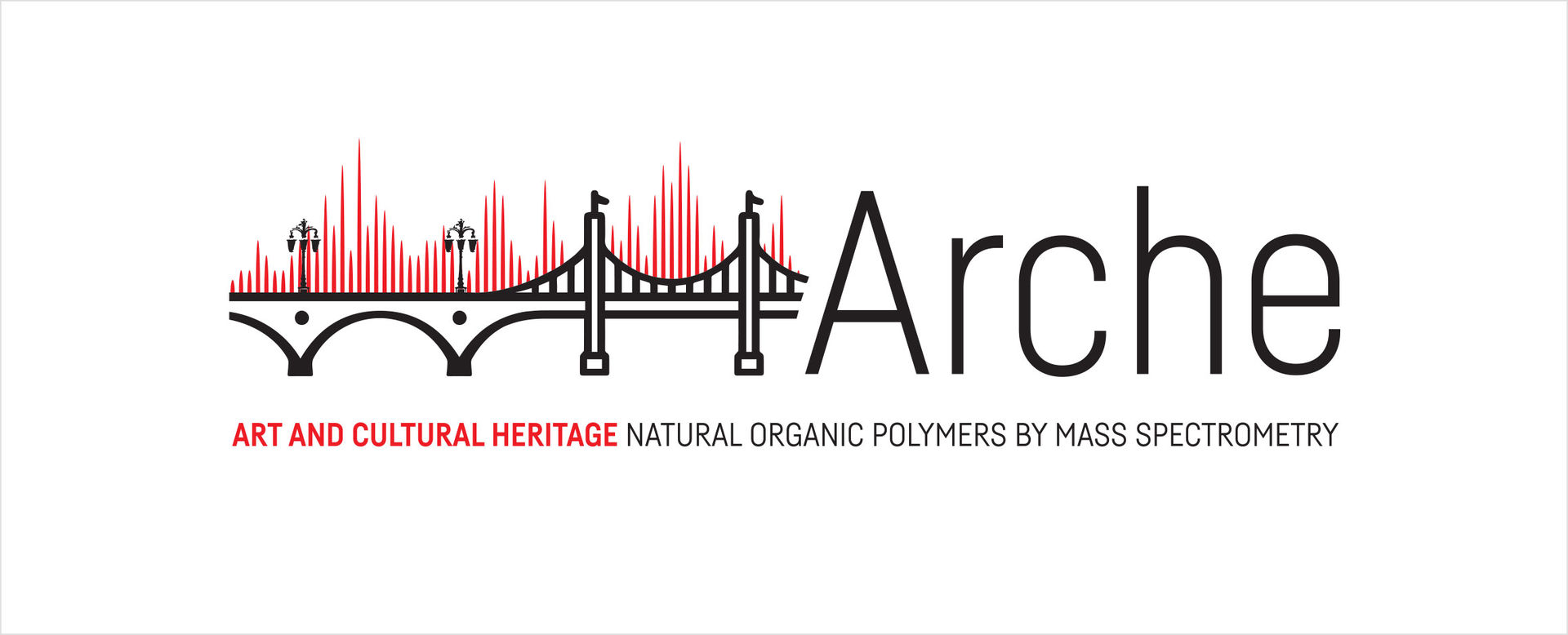
ARt and Cultural HEritage: Natural Organic Polymers by Mass Spectrometry (ARCHE)
Launched on May 30, 2019, ARCHE is a CNRS International Laboratory joining the University of Bordeaux and The Met. The ARCHE partnership improves our scientific understanding of the material dimension of museum collections, with the primary objectives of supporting the conservation and preservation of artworks and illuminating the history of the use of natural products. ARCHE mainly focuses on the omics analysis of natural organic materials, which are some of the most understudied and least understood in cultural heritage due to their molecular complexity and lack of historic documentation.
ARCHE develops methodologies to study the structure and chemical interactions of organic macromolecules (proteins, lipids, polysaccharides) used to create cultural heritage, including investigating their molecular networks and degradation mechanisms. This incorporates high-resolution mass spectrometry omics techniques (bottom-up, top-down, and native proteomics), immunoassays, and mass spectrometry imaging techniques for the precise localization of biomolecules. Our research projects stem directly from questions about cultural heritage objects’ composition, origin, ageing/degradation, and conservation treatment needs.
This is an inclusive initiative designed to incorporate many heritage institutions and laboratories and expand the repertoire of scientific approaches applied to the study of natural organic materials used in artworks. Our members are growing as our projects develop.
Current Projects
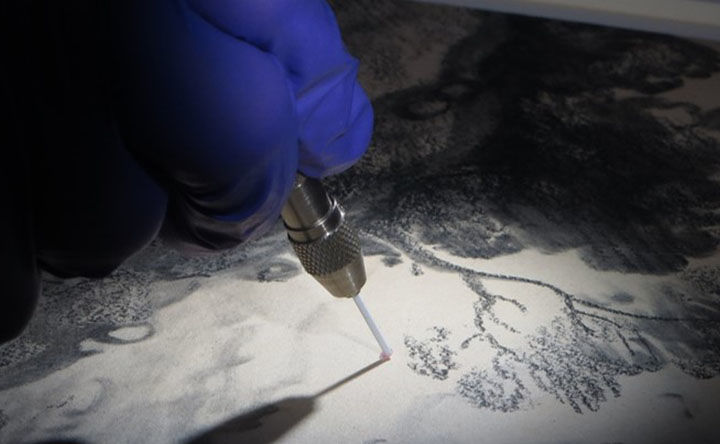
Investigation of Gainsborough’s “Skim Milk” Fixative Technique
A collaboration with Scientific Research’s Network Initiative for Conservation Science (NICS) and The Morgan Library & Museum.
Read more about the project here.
Related Publications
- Pozzi, F., Arslanoglu, J., Galluzzi, F., Tokarski, C., & Snyder, R. (2020). Mixing, dipping, and fixing: the experimental drawing techniques of Thomas Gainsborough. Heritage Science, 8(1), 1-14.
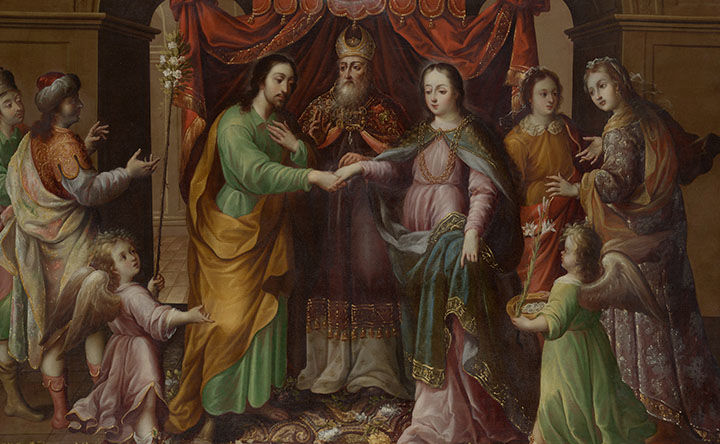
A Novel Tripartite Approach to Biomolecule Analysis for the Identification of Unknown Artistic Materials Applied to the Use of Chia Oil in Art from New Spain
A National Endowment for the Humanities (NEH) Research and Development grant supported collaborative project with The Met’s Paintings Conservation Department and American Wing, The Hispanic Society of America, and Weill Cornell Medicine.
Read more about the project here.
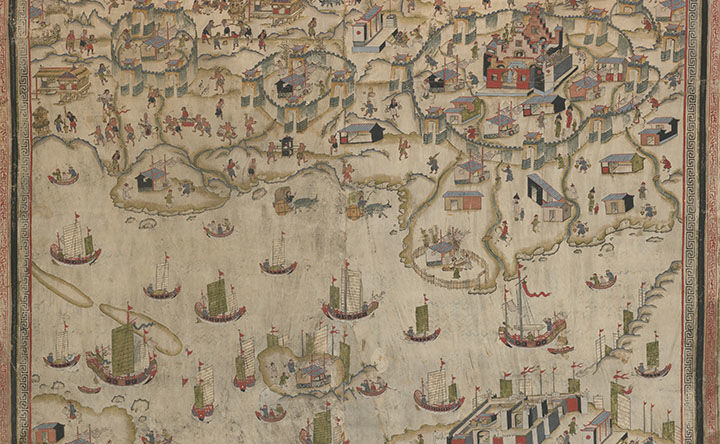
Investigation of Brain Tanning Techniques in Asian Art
A collaboration with The Met’s Asian Art Department, The Met’s Michael C. Rockefeller Wing, Columbia University, and the Fashion Institute of Technology.
Read more about the project here.
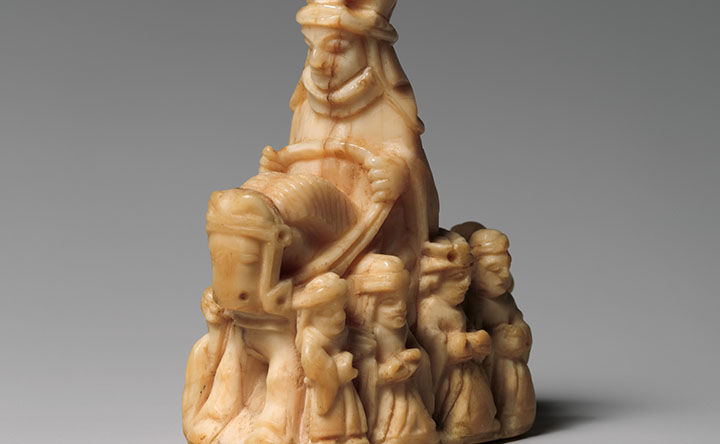
Species Identification of Ancient Ivory and Bone (Egyptian and Medieval) Using Microsampling and Proteomics
A collaborative project with The Met’s Egyptian, European Sculpture and Decorative Arts, and Objects Conservation Departments.
Read more about the project here.
Catherine G., Krupicka, V., Popowich, A., Claverol, S., Tokarski, C. and Arslanoglu, J., (2024) [2]Species identification of ivory and bone museum objects using minimally invasive proteomics. Sci. Adv.10, eadi9028(2024). DOI:10.1126/sciadv.adi9028
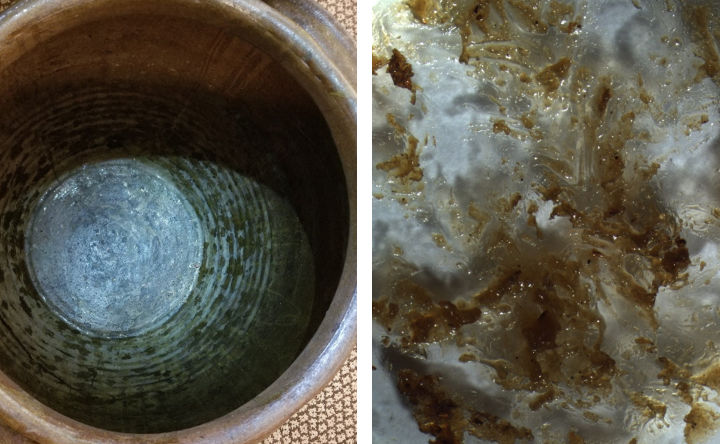
Investigating Food Residues and Preservation Methods from Nineteenth-Century Edgefield Pottery
A collaborative project with The Met’s American Wing and the McKissock Museum.
- Rizzo, A. (2023) Examining Storage Jars from the American South.
- Rizzo, A. (2023) The inside (and outside) scoop. Analyses of the residues from storage jars from Old Edgefield, SC.
- Arslanoglu, J. (2023) Cutting through the fat: animal species and food processing technique identification of 19th c. Edgefield pottery food residues.
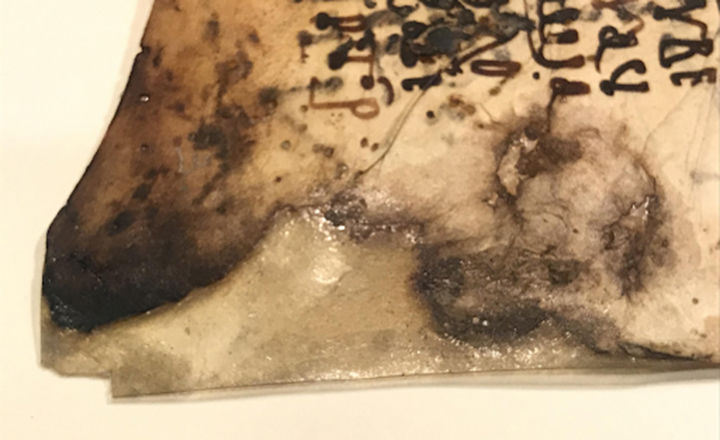
Revealing Conservation Treatments of Coptic Manuscripts
A collaboration with Scientific Research’s Network Initiative for Conservation Science (NICS) and The Morgan Library & Museum.
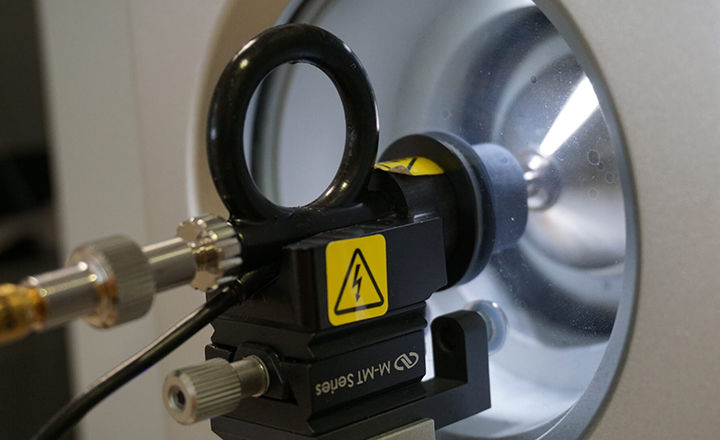
Structural and Chemical Interactions
These projects highlight the investigation of the chemical mechanisms for the natural ageing of organic polymeric materials as well as those changes induced by chemical interactions of mineral pigments or chemical interaction between organic materials, oils and proteins for example.
Ongoing Projects
- Cross-linking
- HDX - MS
- Ion Mobility
- Native Protein Analysis
- Top-down Proteomics
Related Publications
- Galluzzi, F., Chaignepain, S., Arslanoglu, J., & Tokarski, C. (2022). Hydrogen-deuterium exchange mass spectrometry to study interactions and conformational changes of proteins in paints. Biophysical Chemistry, 289, 106861.
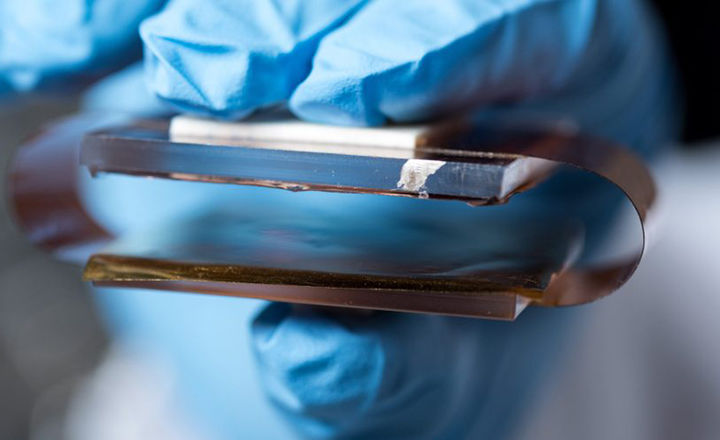
Sample Preparation and Miniaturization
These projects address the question of how to best maximize the amount of information obtained from a sample while minimizing the actual size of the sample removed from an artwork.
Ongoing Projects
- Simplifying Sample Preparation
- Triboelectric Nanogenerators (TENG) for Cultural Heritage
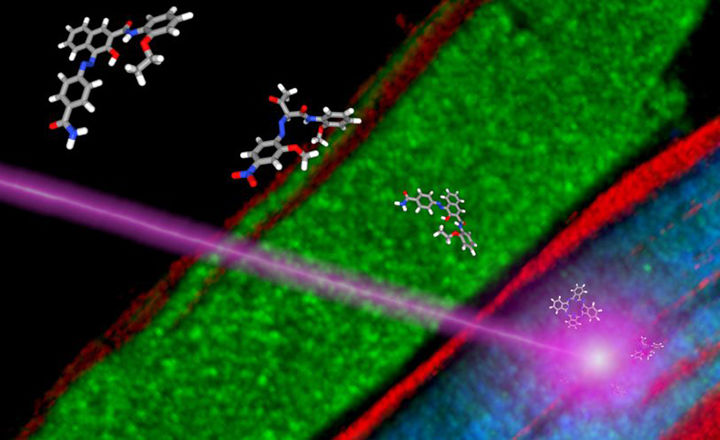
MS Imaging
At the frontier of cultural heritage research, MS imaging allows us to see the distribution of both small and larger molecules in a multi-layered sample at 5 micrometer resolution with simultaneous accurate identification.
Contact Us
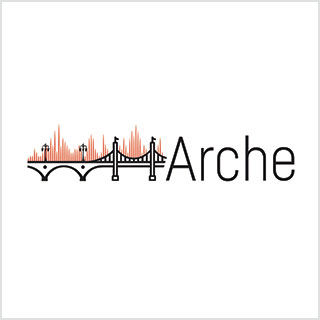
ARCHE is coordinated by Caroline Tokarski and Julie Arslanoglu. Their collaborations have resulted in the introduction of proteomics and immunological approaches respectively in the field of cultural heritage. Their focus is to exploit these techniques to validate material composition and historical practices, probe the chemistries of manufacturing practices and degradation of cultural heritage objects as well as develop novel approaches for understudied biological material culture.
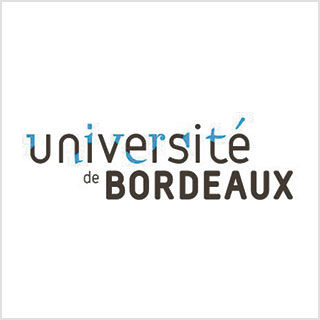
Caroline Tokarski | caroline.tokarski@u-bordeaux.fr
Institute of Chemistry and Biology of Membranes and Nanoobjects (CBMN), Proteome Platform, and CNRS / University of Bordeaux / Bordeaux INP
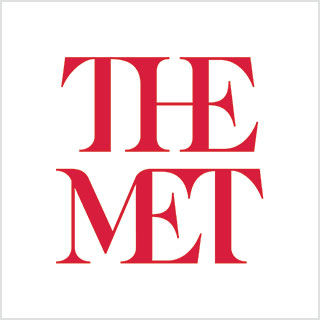
Julie Arslanoglu | julie.arslanoglu@metmuseum.org
Department of Scientific Research, Metropolitan Museum of Art in New York